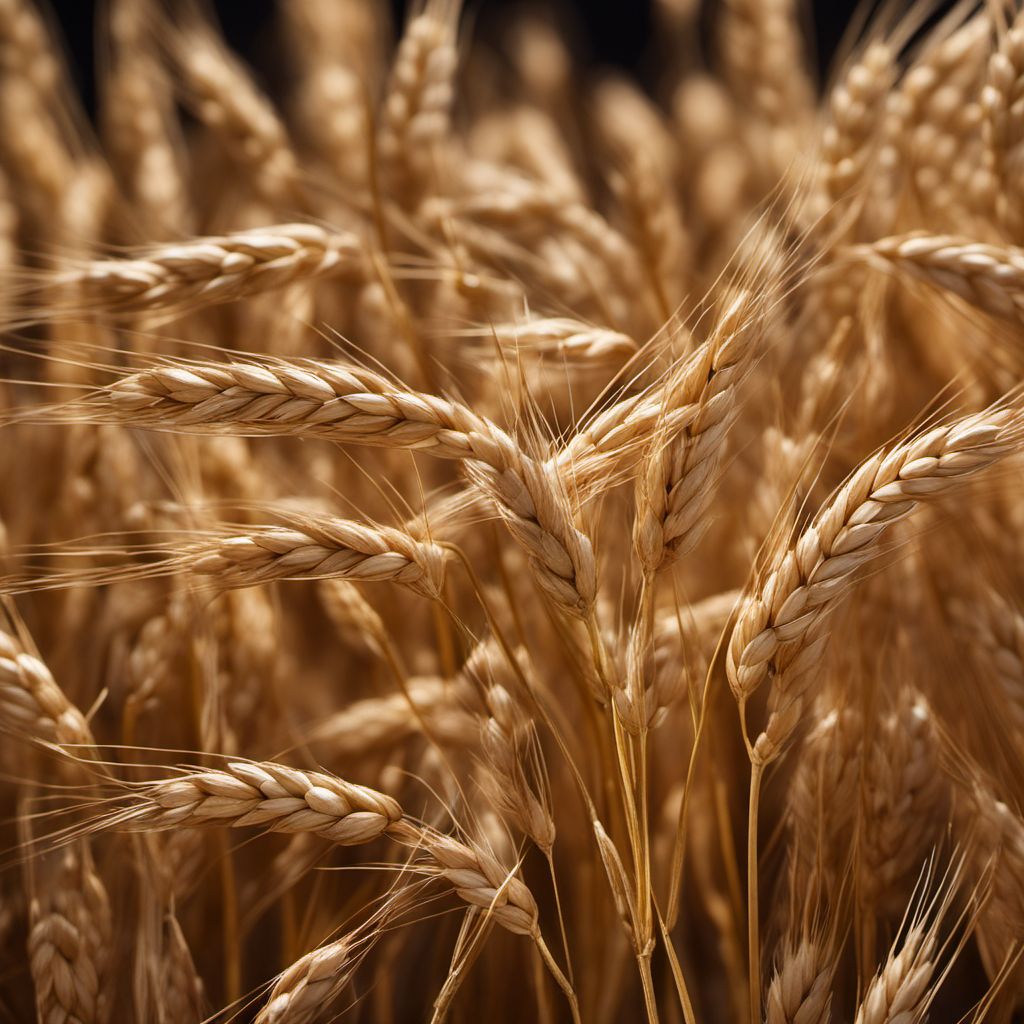
Ingredient
Einkorn wheat grain
Ancient Grains Rediscovered: Einkorn Wheat
Einkorn wheat grain is characterized by its small size, elongated shape, and golden hue. It has a nutty and slightly sweet flavor, with a chewy texture that adds depth to dishes. The grain can be cooked and used as a base for pilafs, salads, or grain bowls. It can also be ground into flour for baking bread, pastries, or pasta. Einkorn wheat grain is known for its rich nutritional profile, containing higher levels of protein, essential minerals, and antioxidants compared to modern wheat varieties.
Origins and history
Einkorn wheat has a long history dating back over 10,000 years, making it one of the earliest cultivated grains. It was a staple crop in ancient civilizations such as Mesopotamia and Egypt, where it played a crucial role in sustaining communities. Over time, einkorn wheat was gradually replaced by higher-yielding and easier-to-harvest wheat varieties. However, in recent years, there has been a resurgence of interest in ancient grains, including einkorn wheat, due to their unique flavors and potential health benefits.
Nutritional information
Einkorn wheat grain is a nutritional powerhouse, offering higher levels of protein, essential minerals such as iron and zinc, and antioxidants compared to modern wheat varieties. It is also rich in dietary fiber, which aids in digestion and promotes satiety. Additionally, einkorn wheat contains a different type of gluten protein compared to modern wheat, which some individuals with gluten sensitivities may find easier to digest.
Allergens
Einkorn wheat grain does contain gluten, although some individuals with gluten sensitivities may find it easier to tolerate due to its different gluten protein composition. Individuals with celiac disease or severe gluten intolerance should avoid einkorn wheat grain.
How to select
When selecting einkorn wheat grain, look for whole grains that are intact, free from moisture or signs of insect damage. Opt for organic or locally sourced grains whenever possible to ensure the highest quality and minimize exposure to pesticides or contaminants.
Storage recommendations
To maintain the freshness and quality of einkorn wheat grain, store it in an airtight container in a cool, dry place. This will help prevent moisture absorption and keep the grain free from pests. Proper storage can extend the shelf life of einkorn wheat grain for up to a year.
How to produce
Einkorn wheat can be grown by amateur gardeners or small-scale farmers with basic knowledge of wheat cultivation. It requires well-drained soil, adequate sunlight, and regular watering. However, due to its lower yield compared to modern wheat varieties, large-scale commercial production of einkorn wheat is limited.
Preparation tips
Einkorn wheat grain can be cooked by simmering it in water or broth until tender, similar to cooking other grains like rice or quinoa. It can be used as a base for pilafs, salads, or grain bowls, or ground into flour for baking bread, pastries, or pasta. When using einkorn wheat flour, it is important to note that its gluten composition differs from modern wheat, which may affect the texture and rise of baked goods. Experimentation and adjustments may be necessary when substituting einkorn wheat flour for regular wheat flour in recipes.
Substitutions
Suitable substitutions for einkorn wheat grain include other ancient grains such as spelt, emmer, or farro. These grains offer similar nutty flavors and can be used interchangeably in recipes. If a gluten-free option is needed, consider using gluten-free grains like quinoa or amaranth instead.
Culinary uses
Einkorn wheat grain can be used in a variety of culinary applications, including pilafs, salads, soups, stews, and baked goods. Its nutty flavor and chewy texture make it a versatile ingredient that adds depth to both savory and sweet dishes. Einkorn wheat is commonly used in Mediterranean and Middle Eastern cuisines, where it is incorporated into traditional recipes.
Availability
Einkorn wheat grain is cultivated and consumed in various regions around the world, including parts of Europe, the Middle East, and North America. It is particularly prevalent in countries such as Italy, Turkey, and France, where it is used in traditional dishes and baked goods.
More ingredients from this category

Spelt grain
The Ancient Nutritious Grain
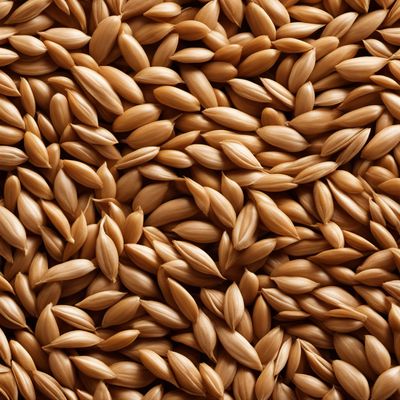
Emmer wheat grain
The Ancient Grain: Emmer Wheat
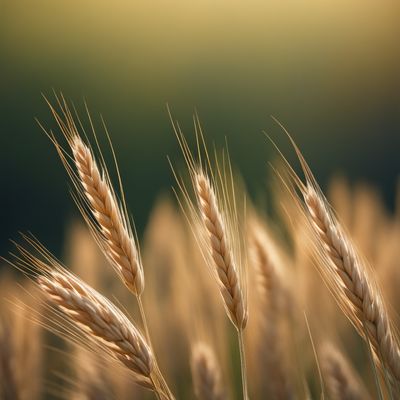
Tritordeum
The Golden Grain: Unveiling the Wonders of Tritordeum
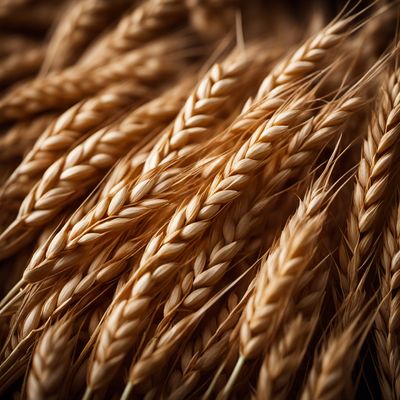
Common wheat grain
The Versatile Staple: Common Wheat Grain
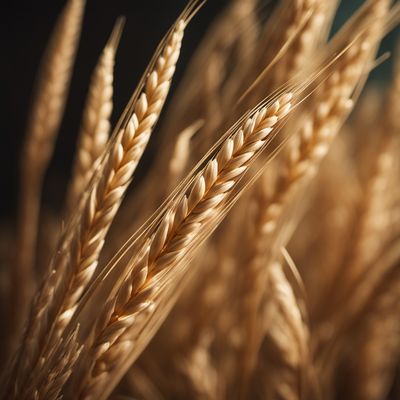
Other species of genus Triticum, not elsewhere mentioned
Ancient Grains: Exploring the Lesser-Known Triticum Varieties
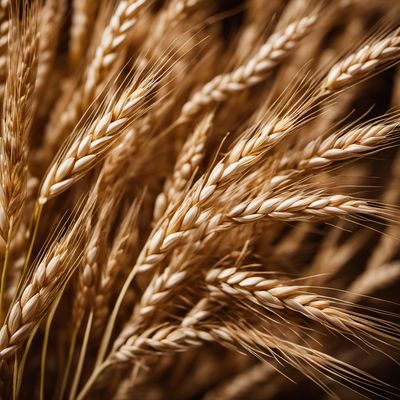
Triticale grain
The Versatile Hybrid: Triticale Grain

Durum wheat grain
The Golden Kernel
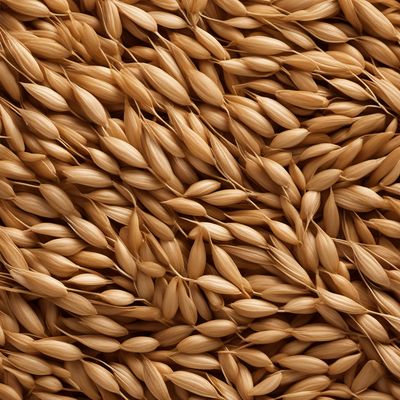
Khorasan wheat grain
The Ancient Nutrient